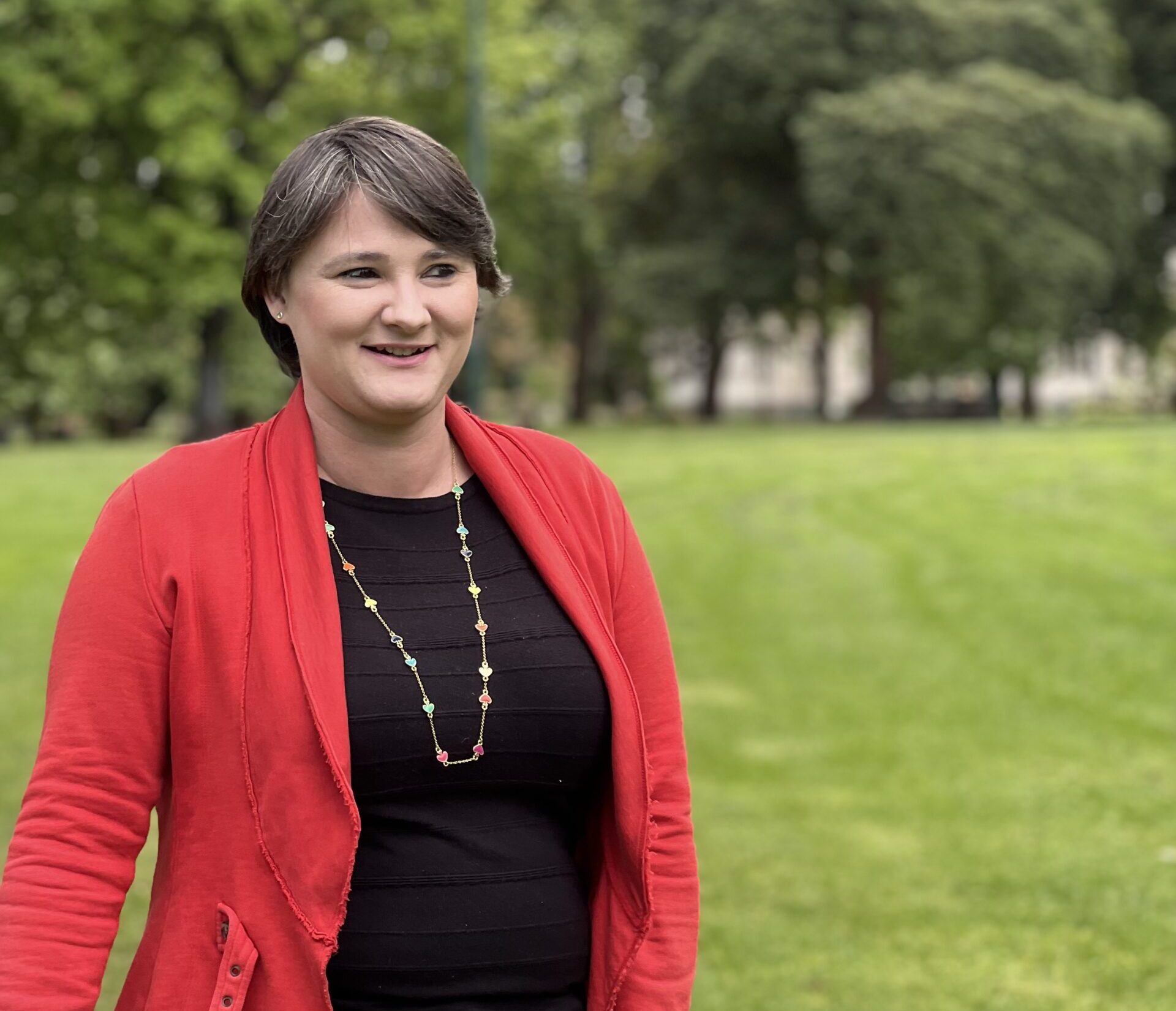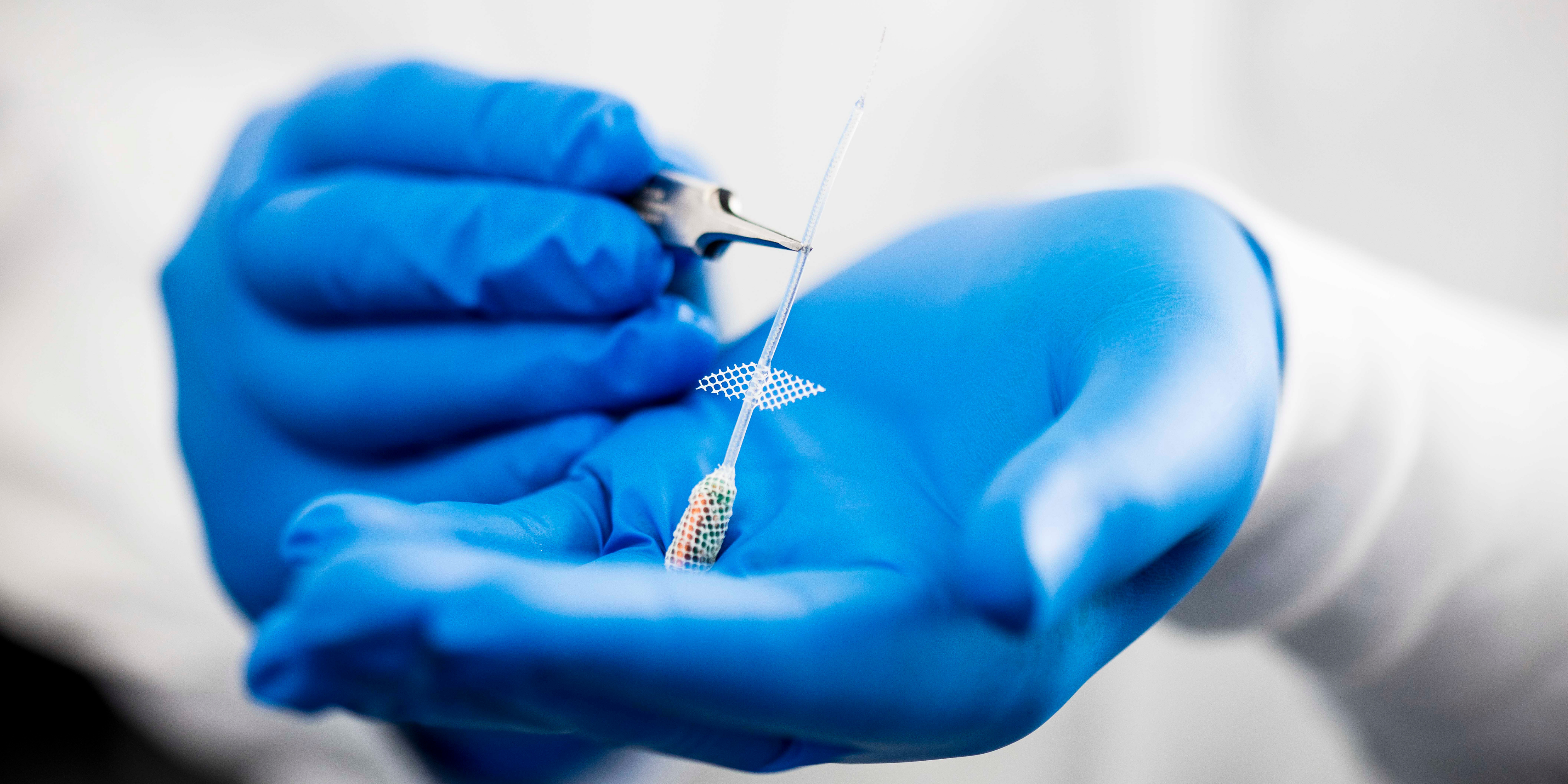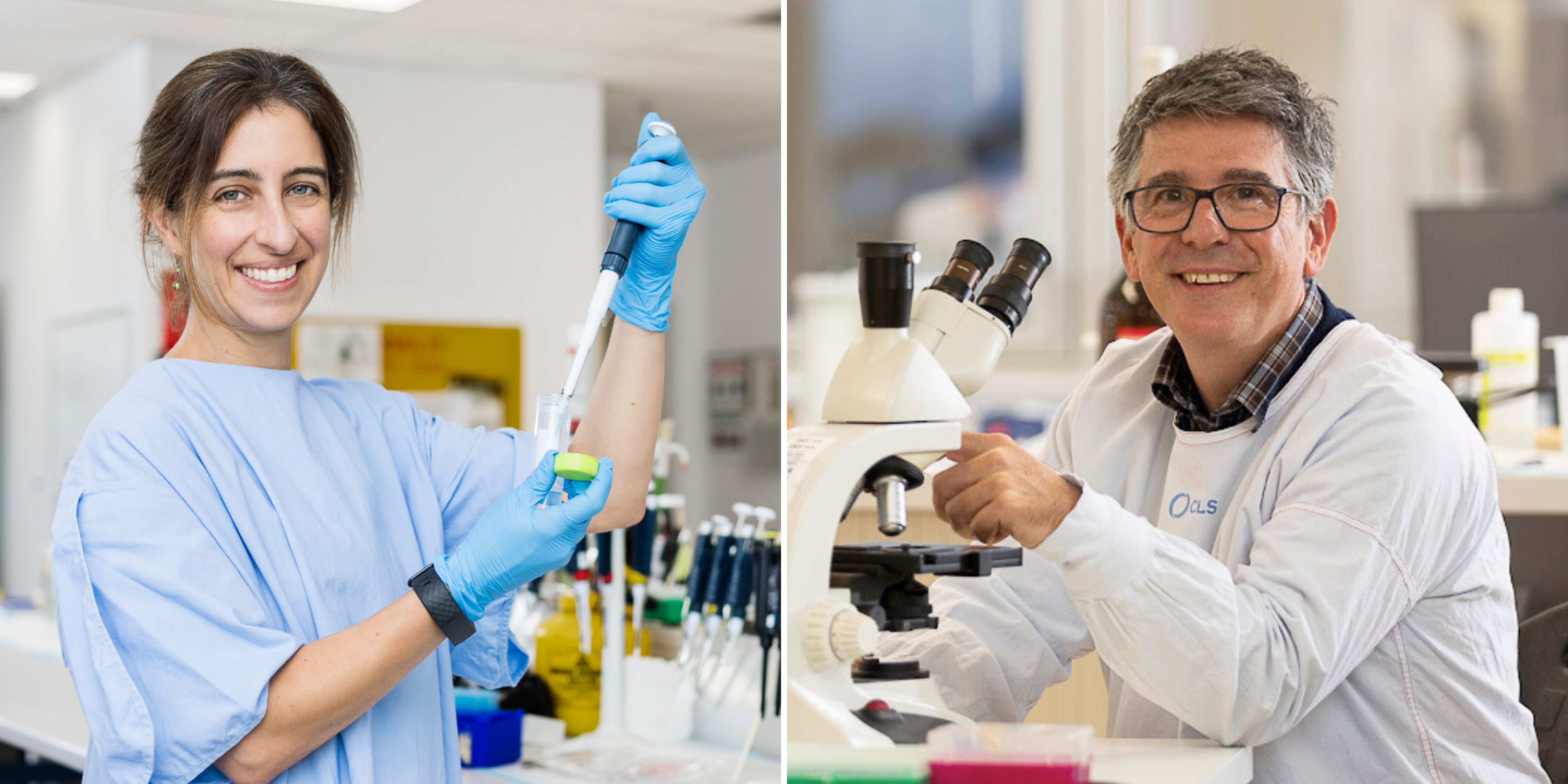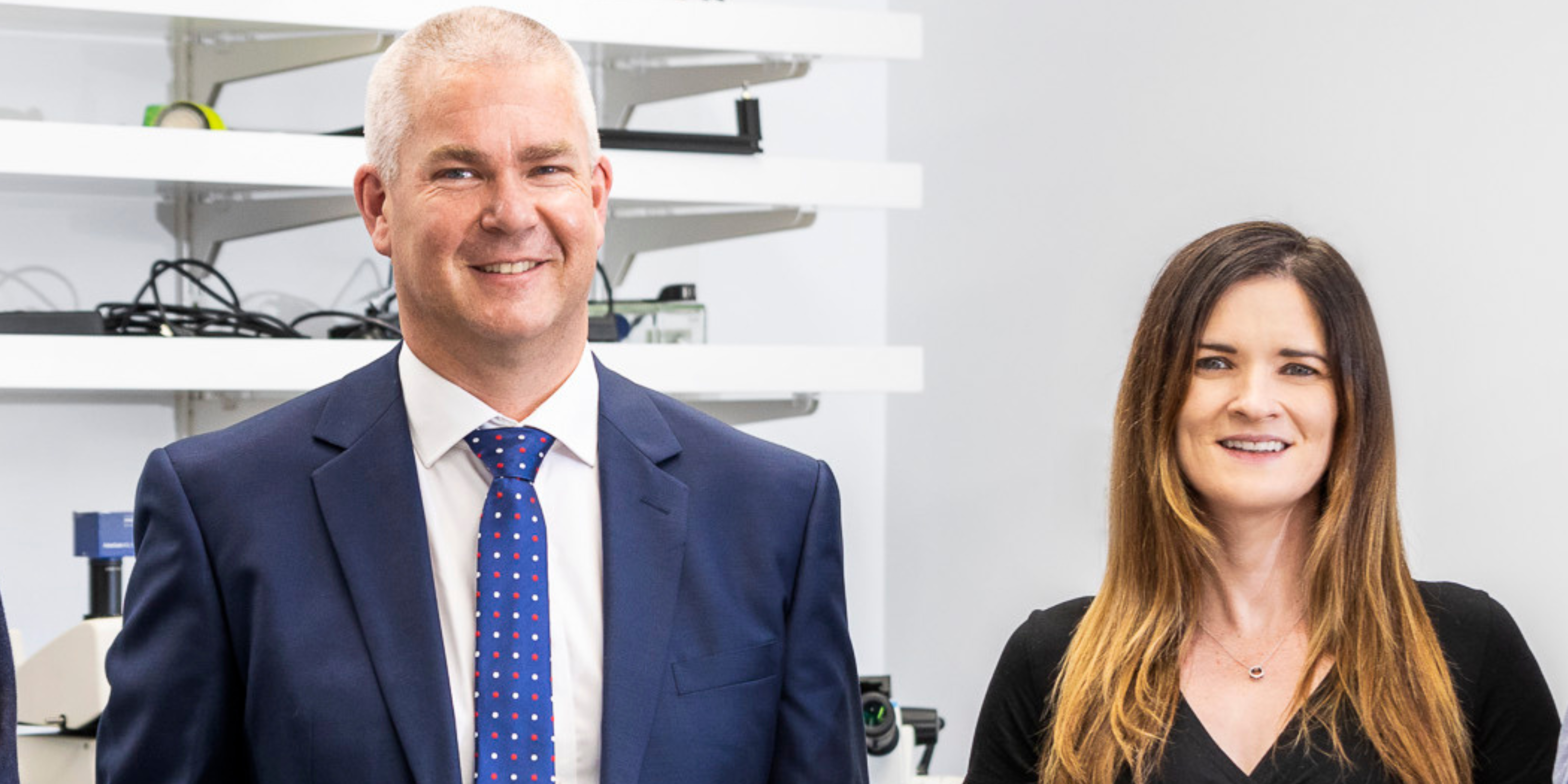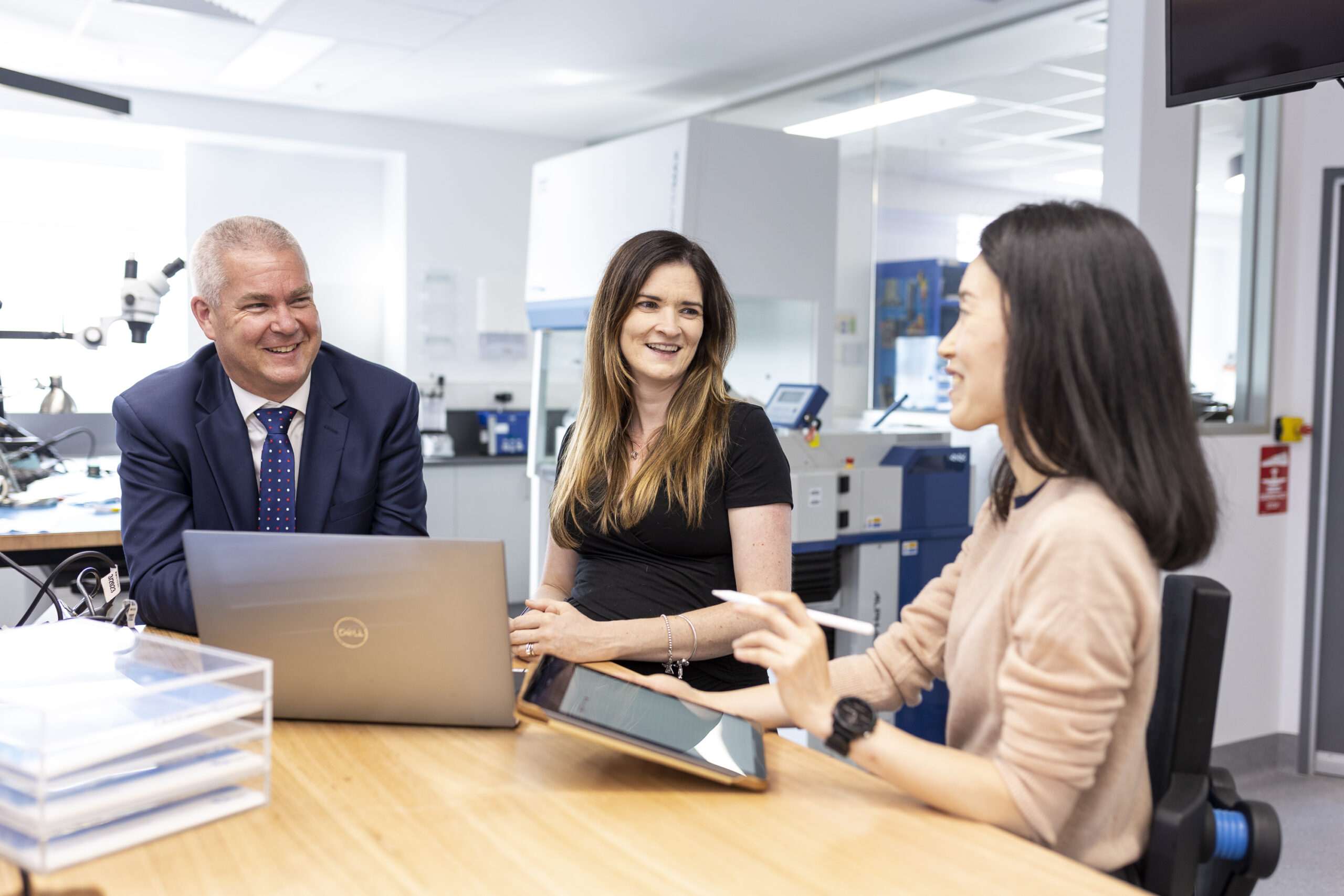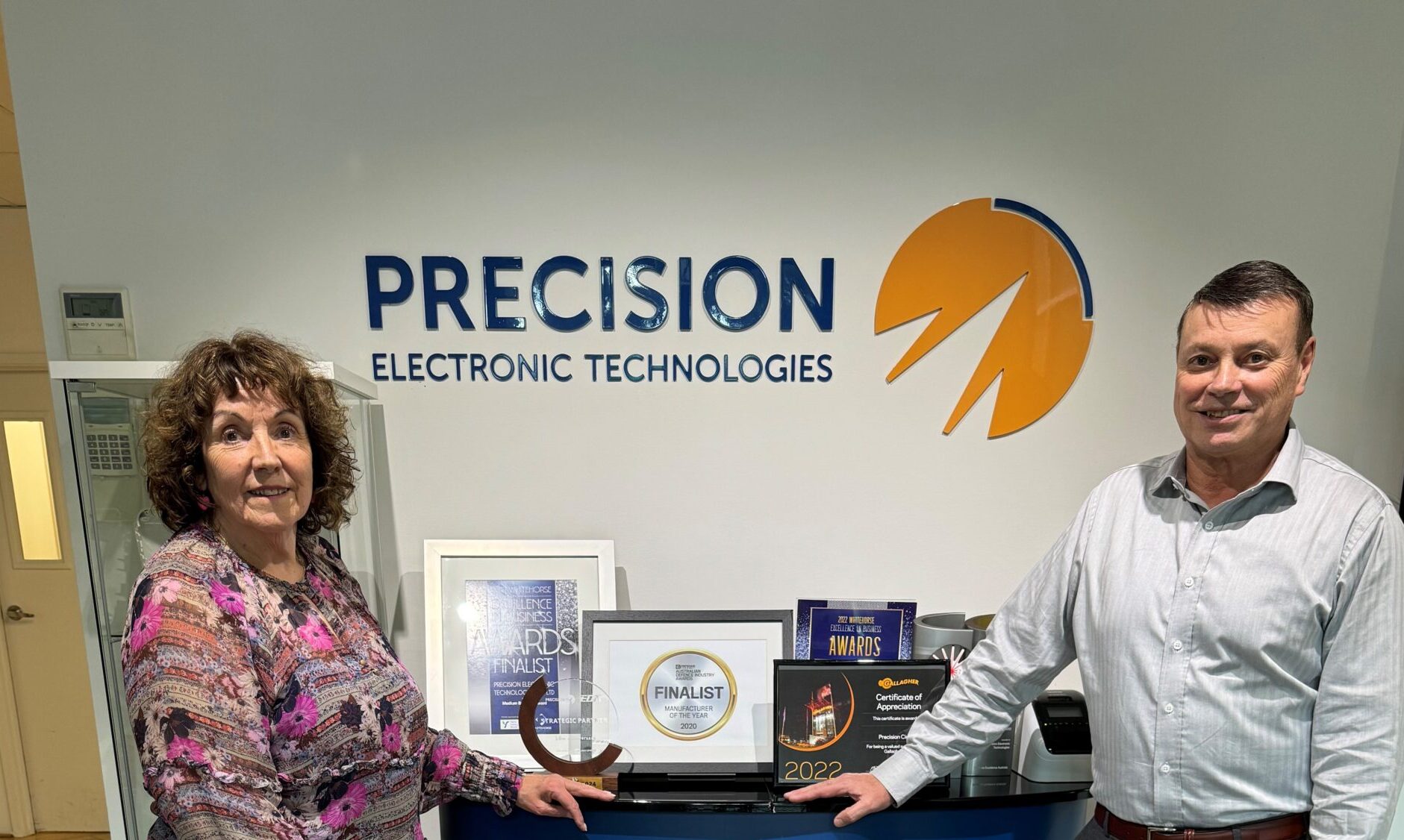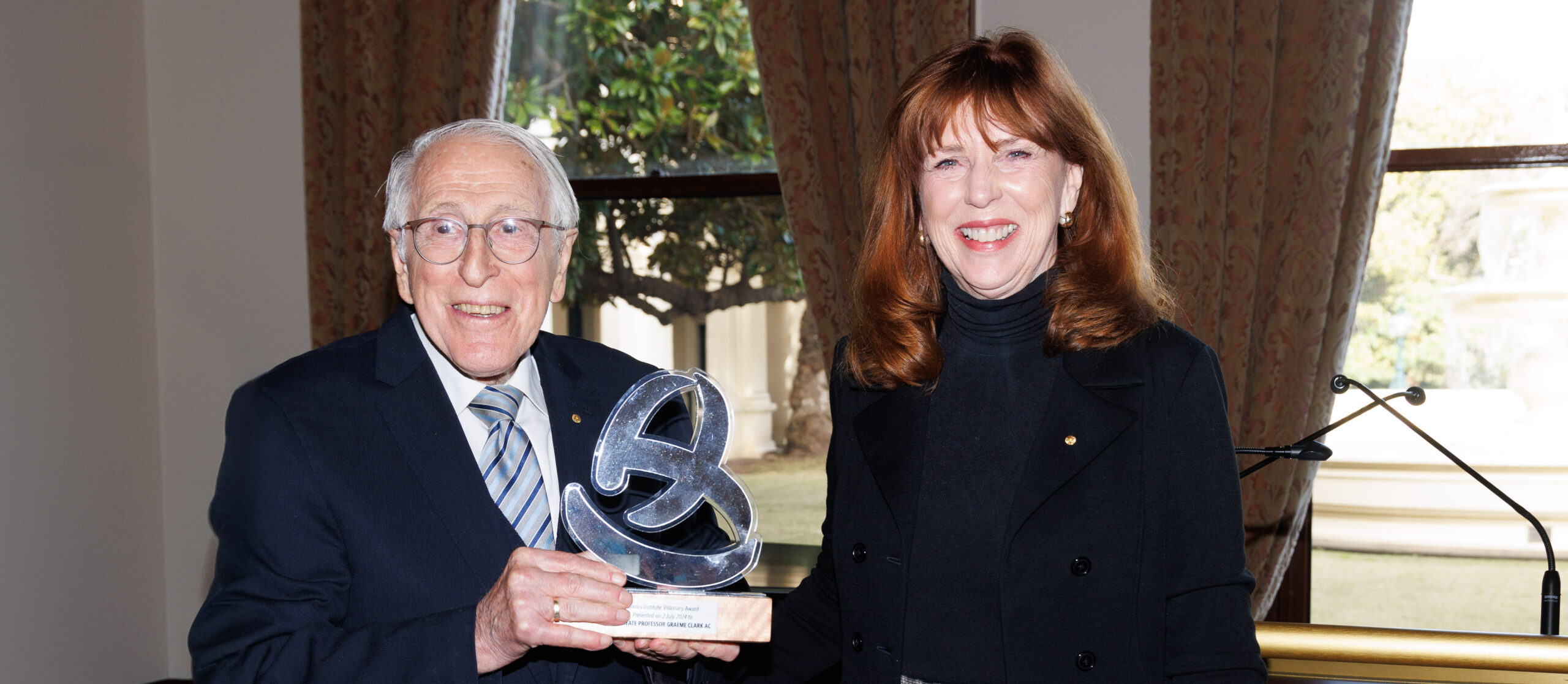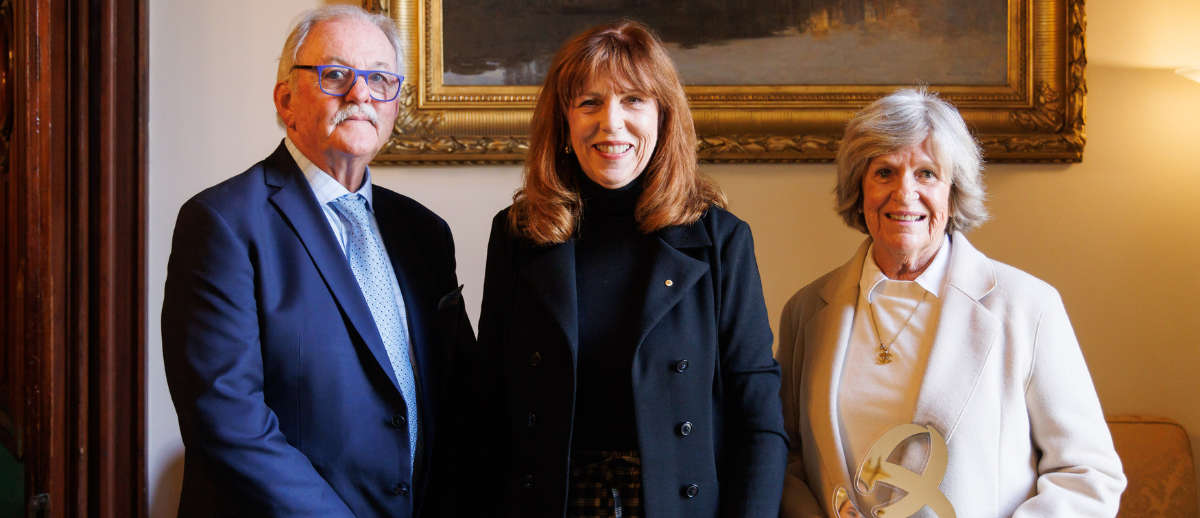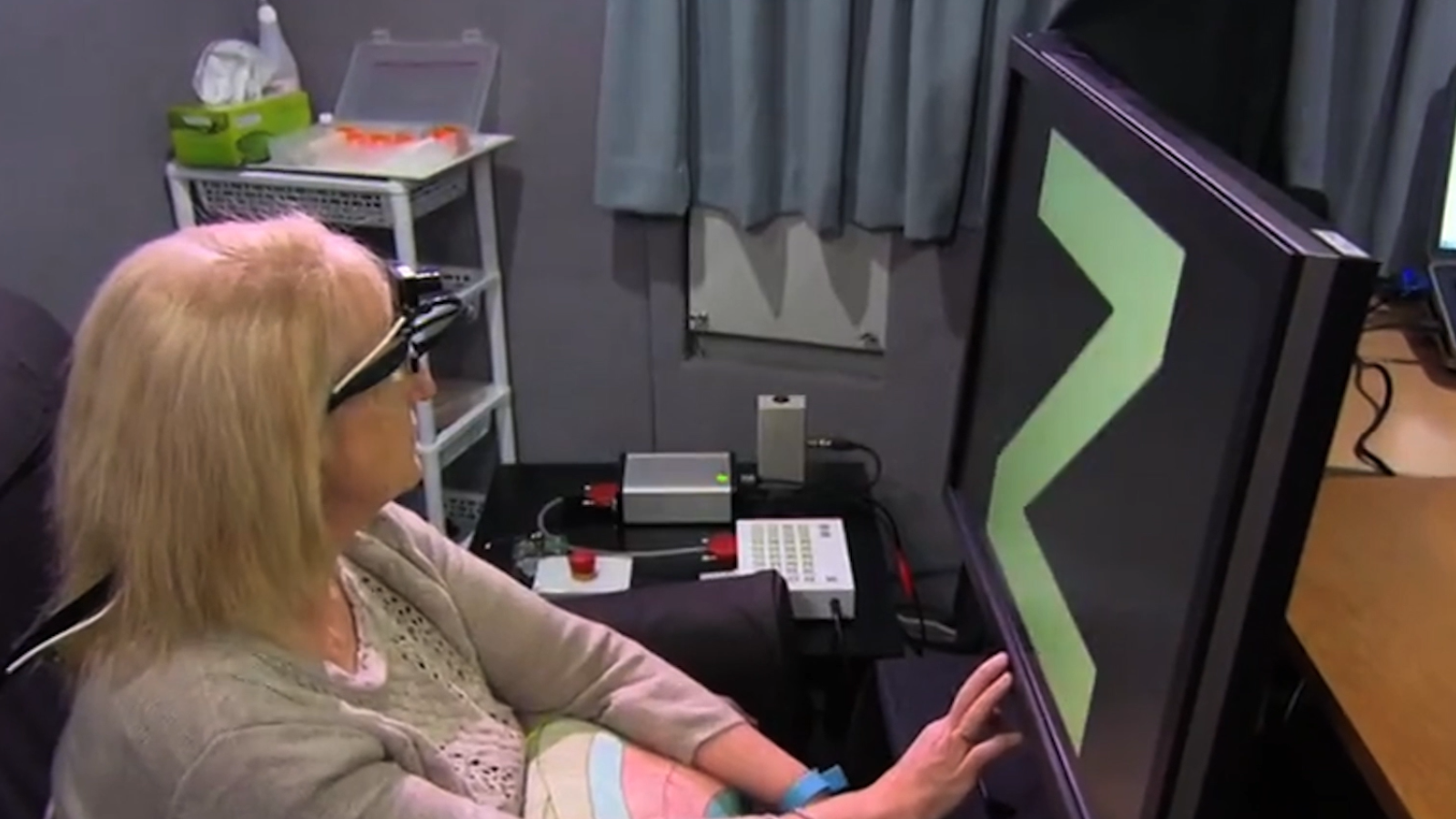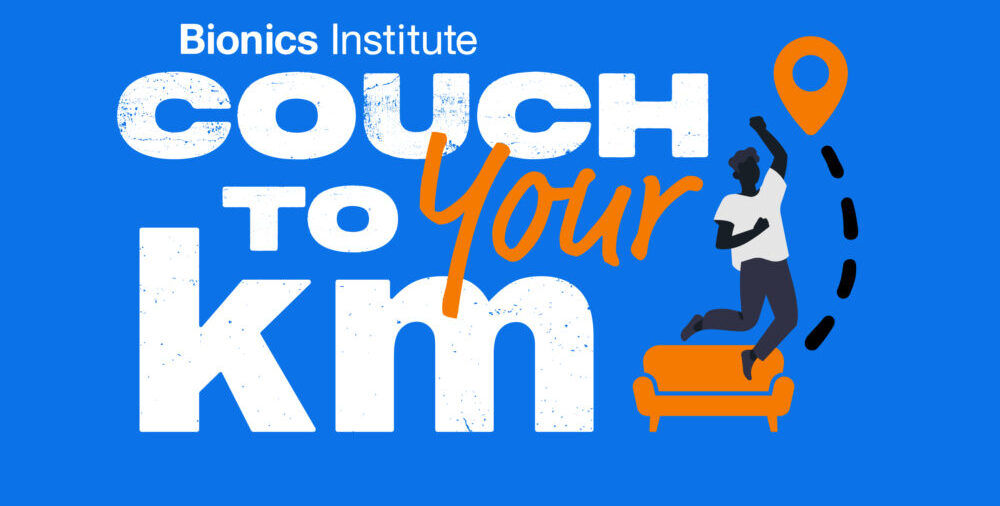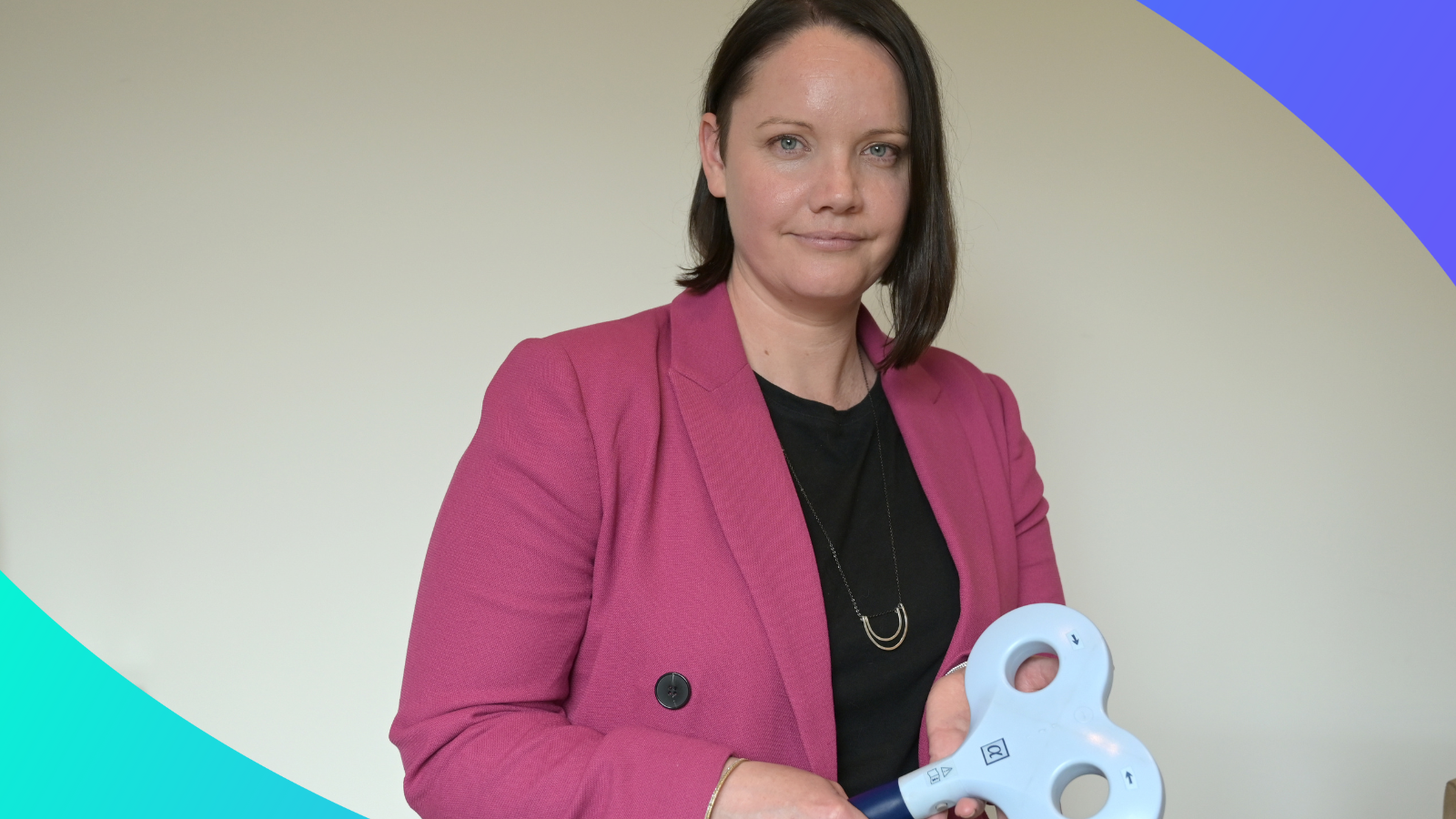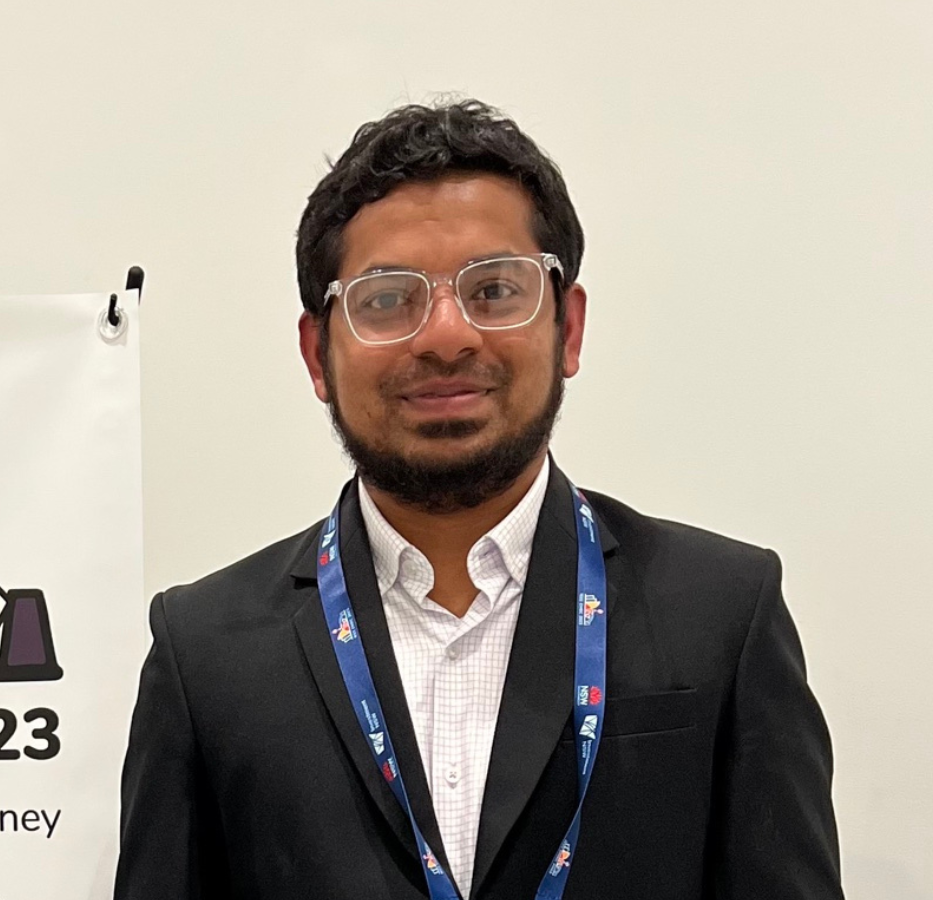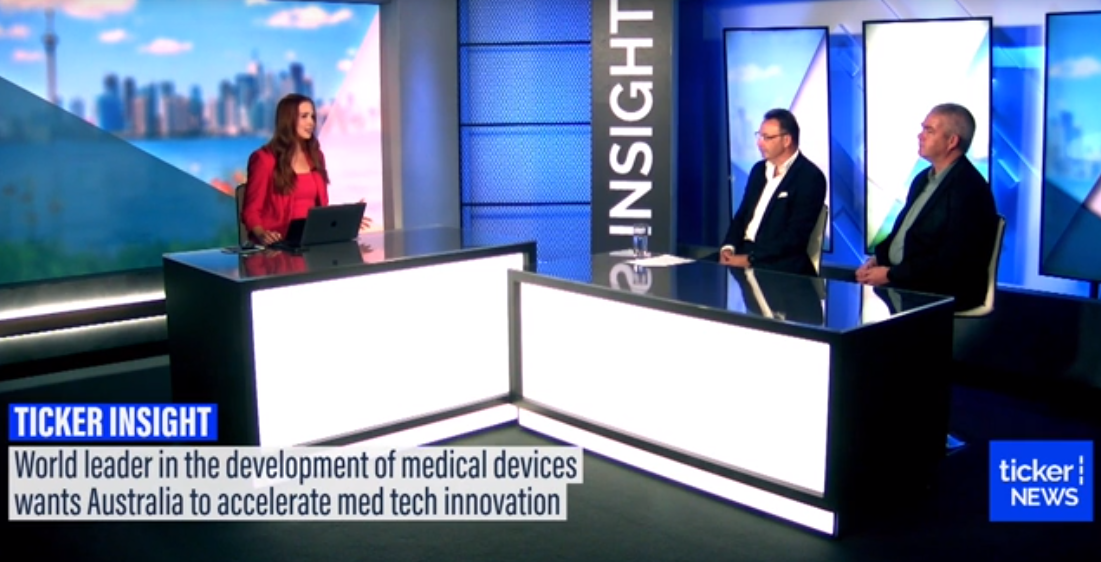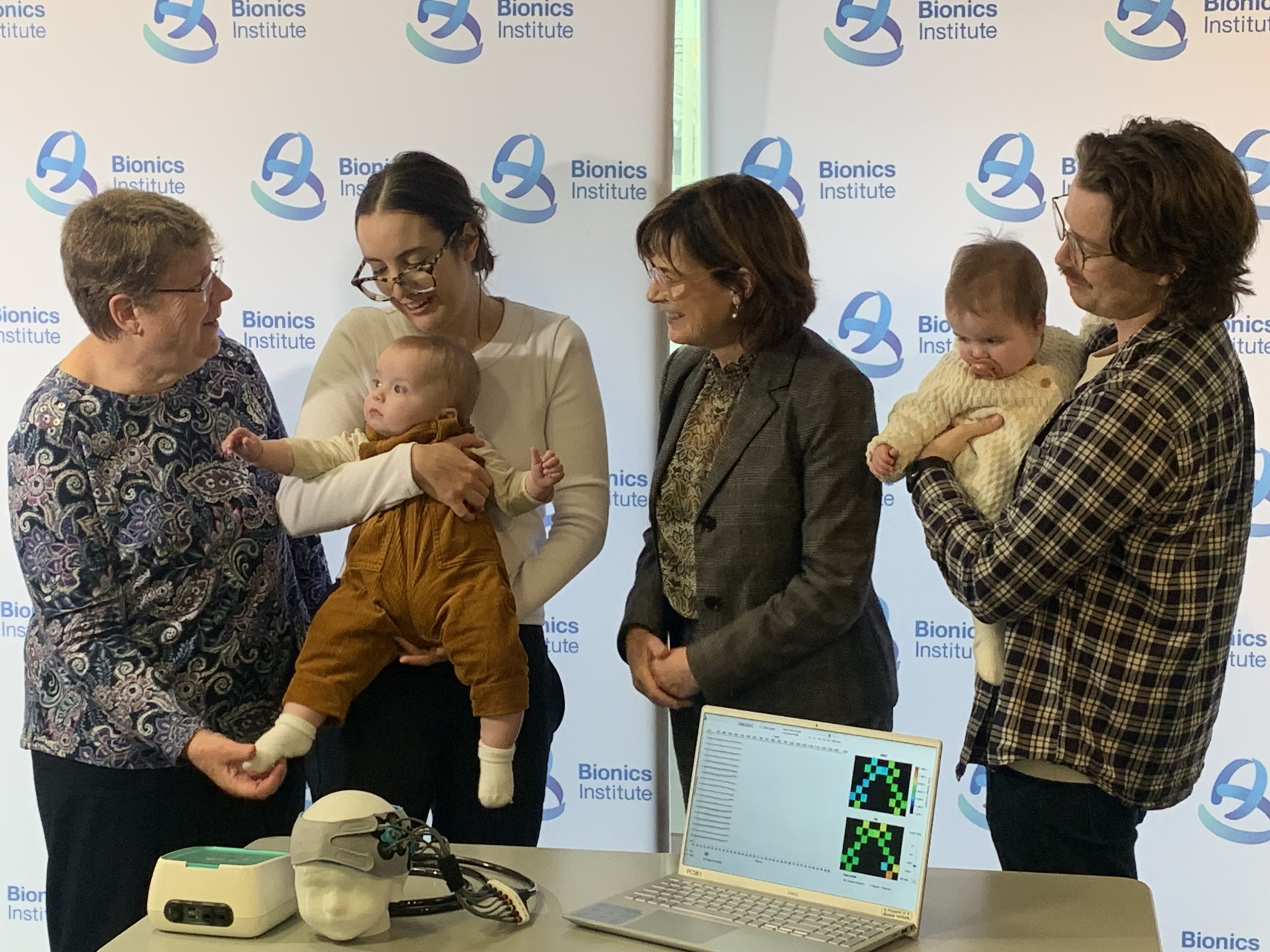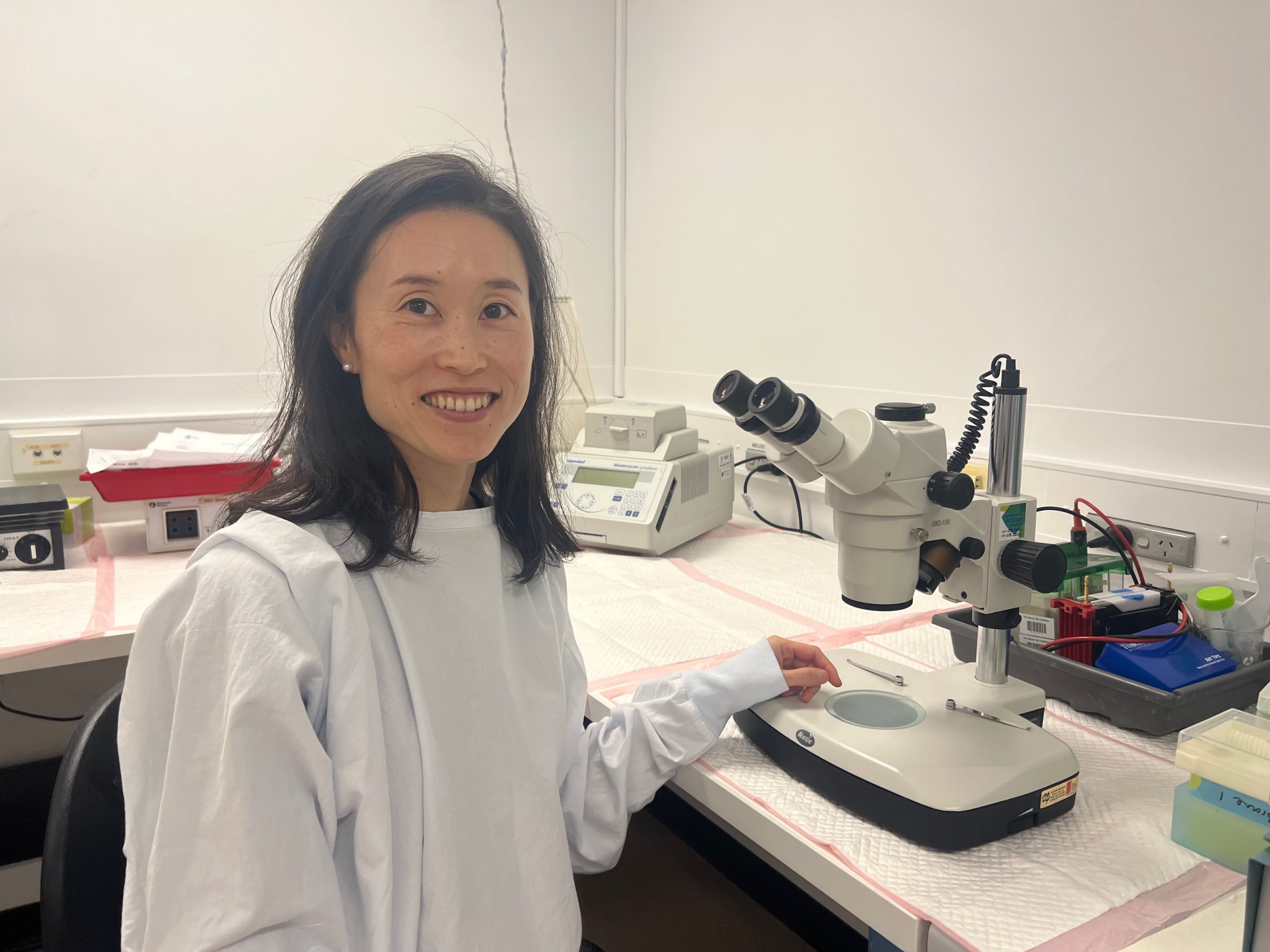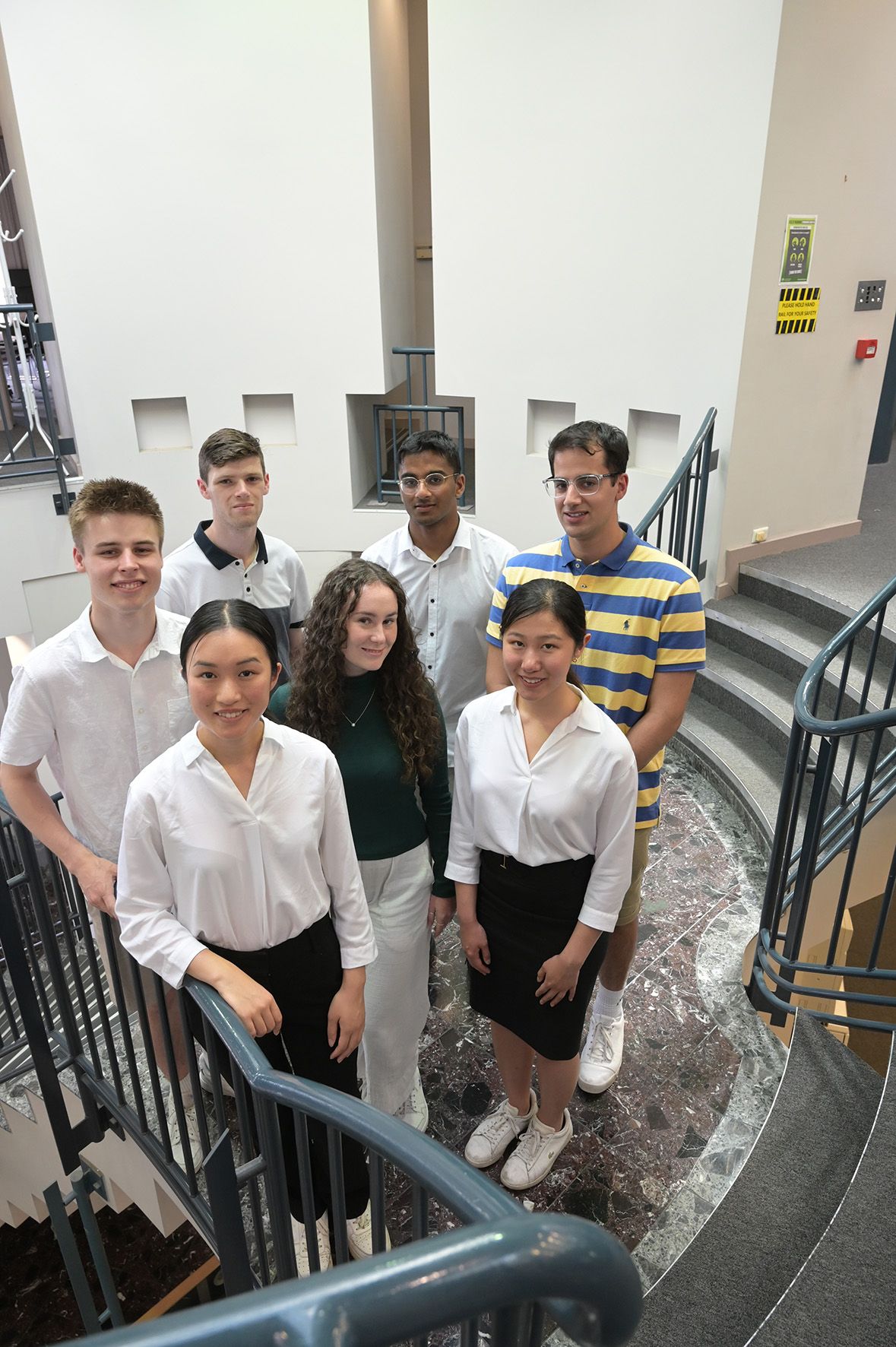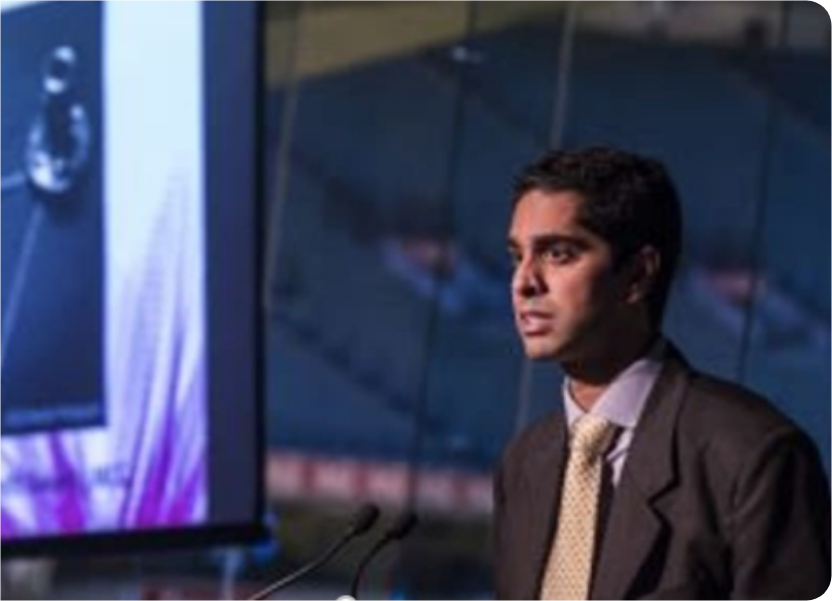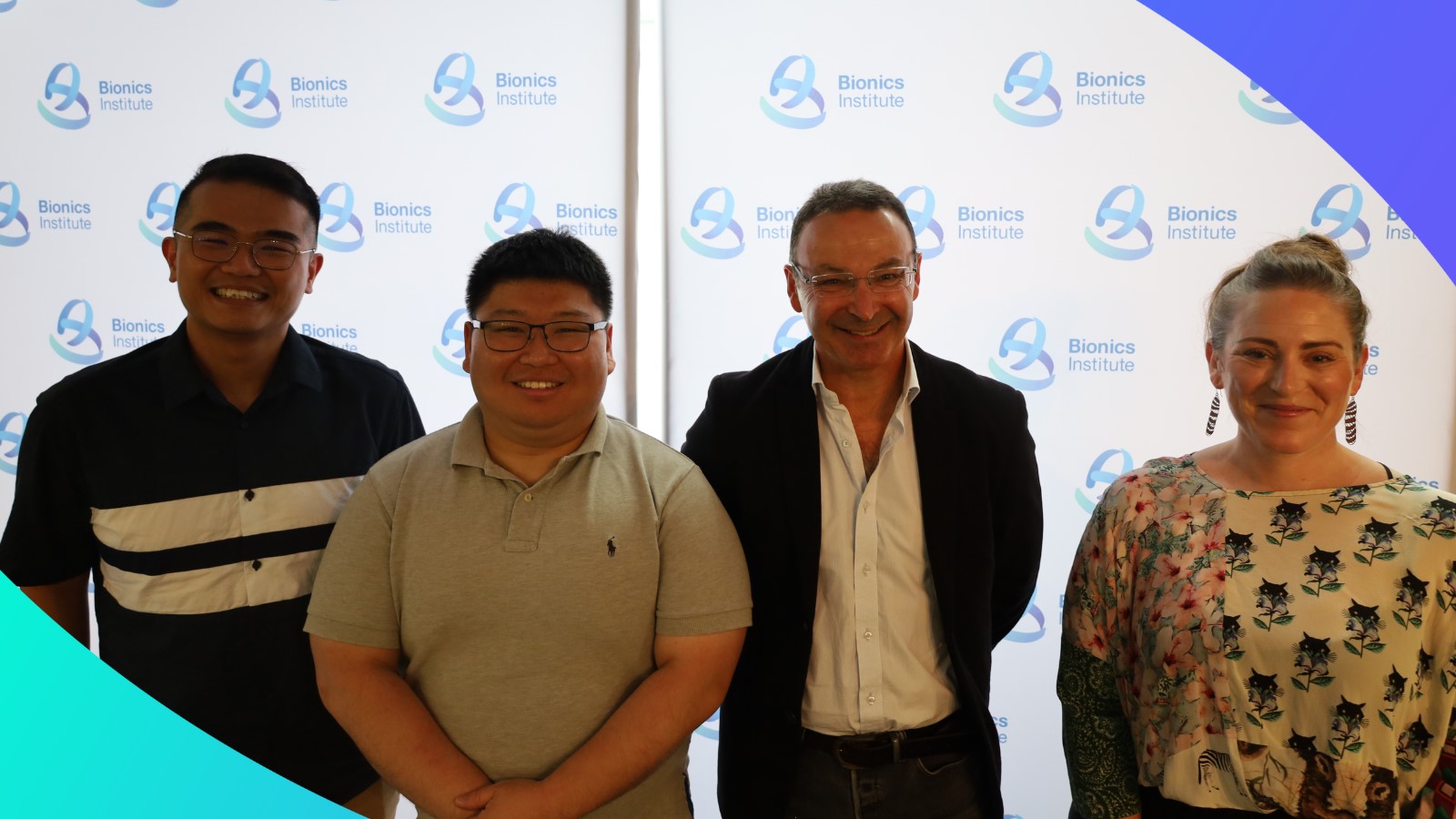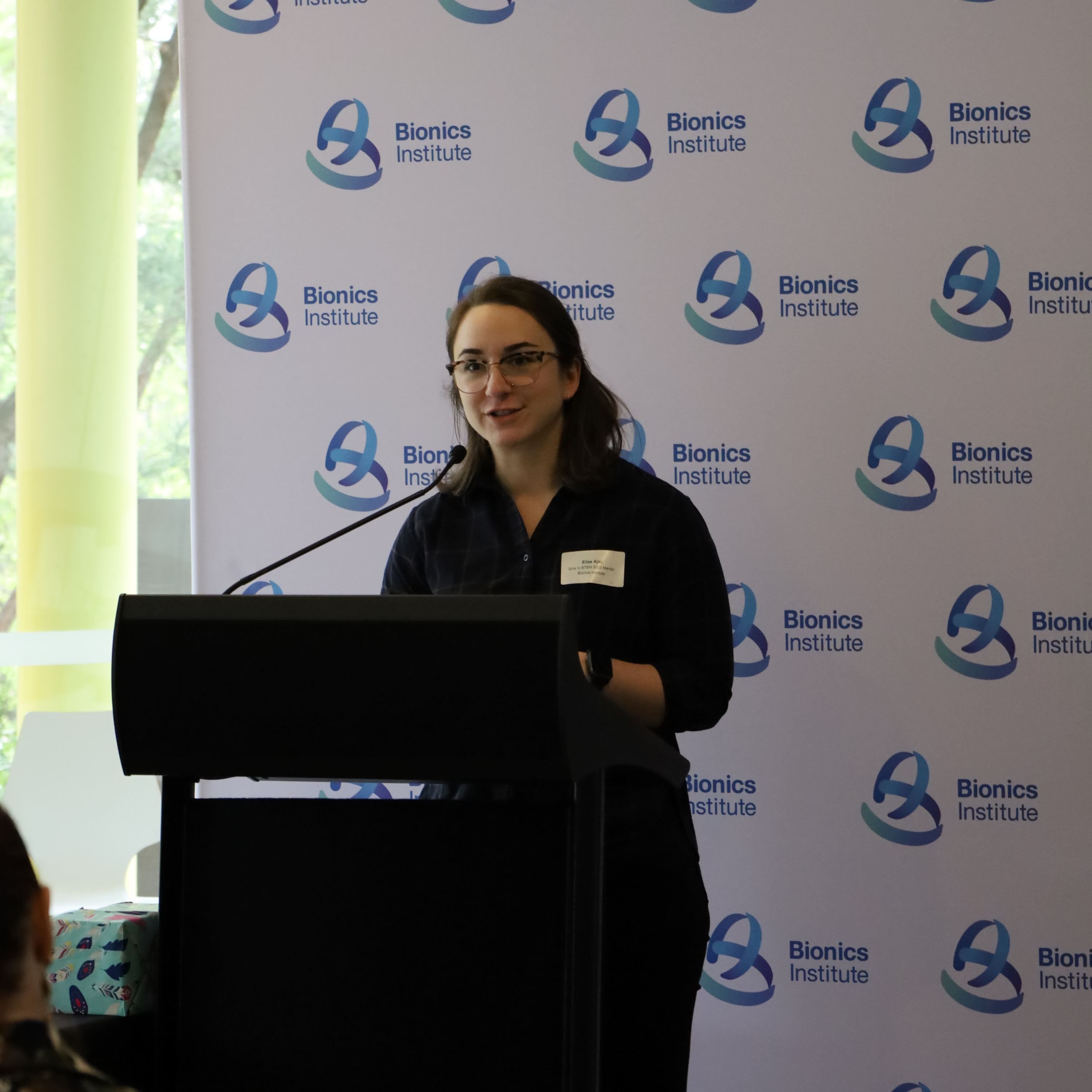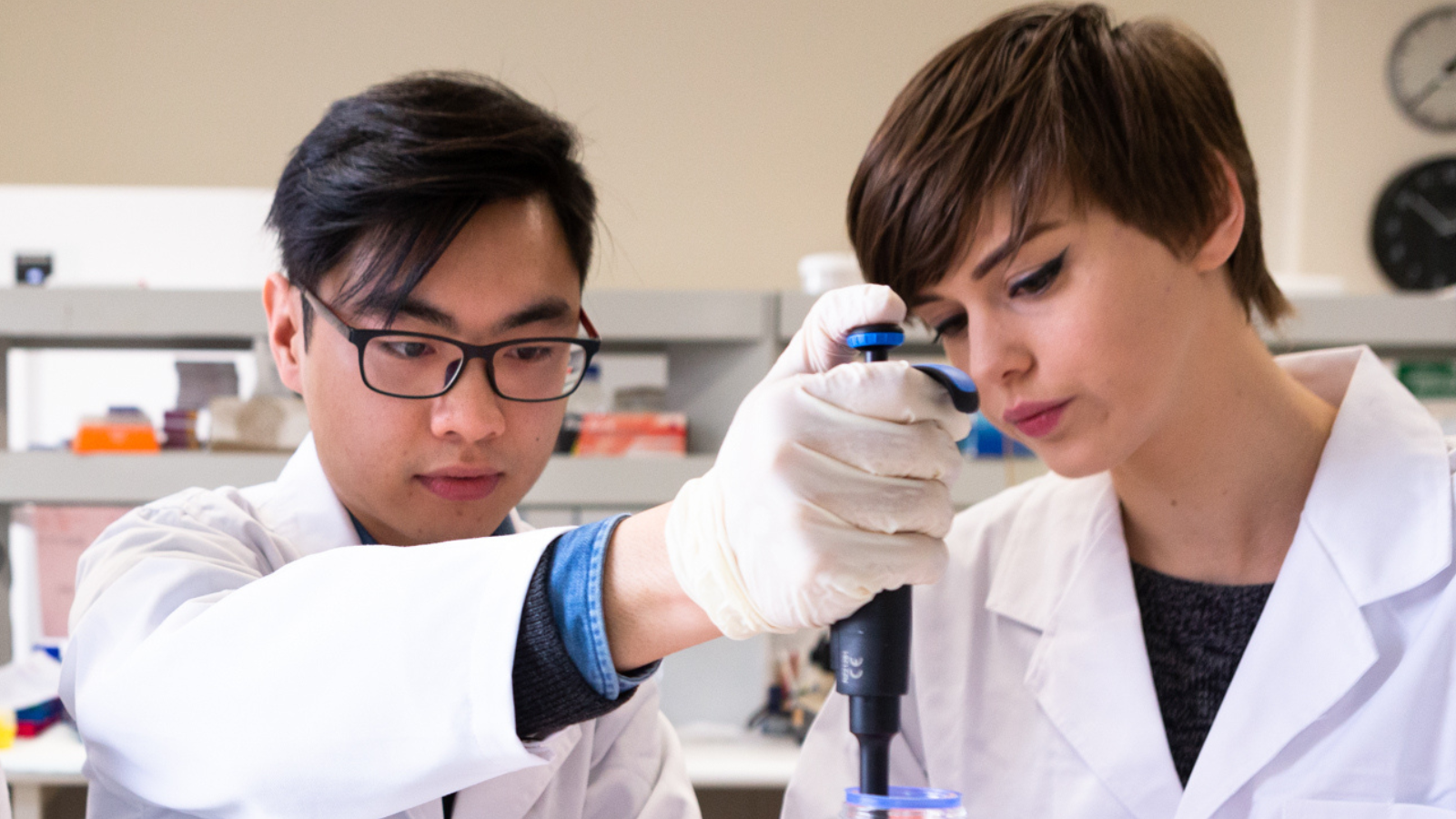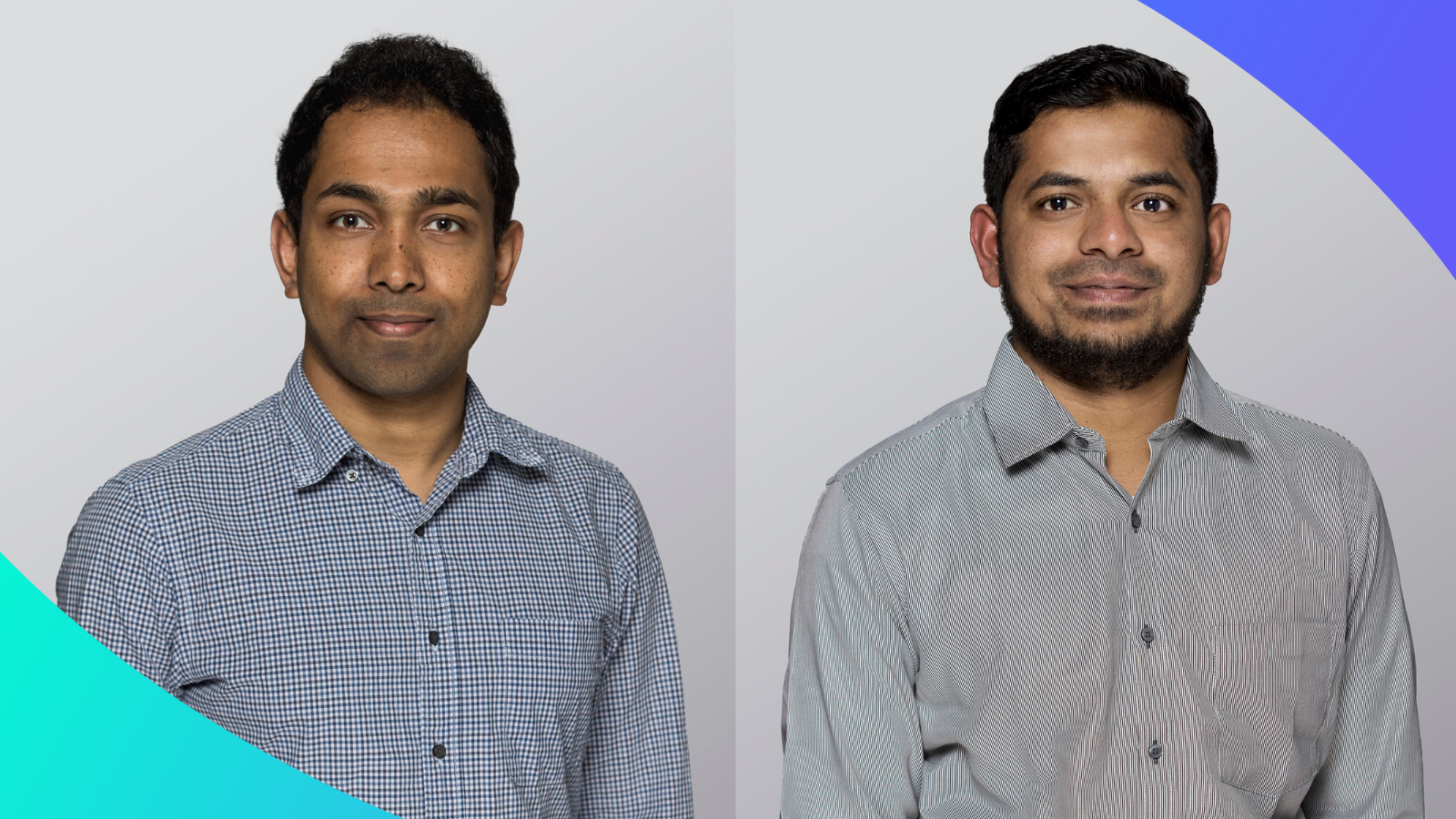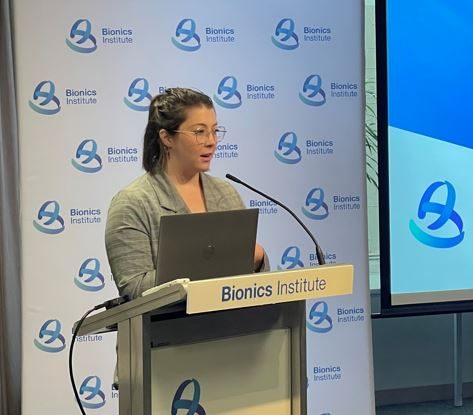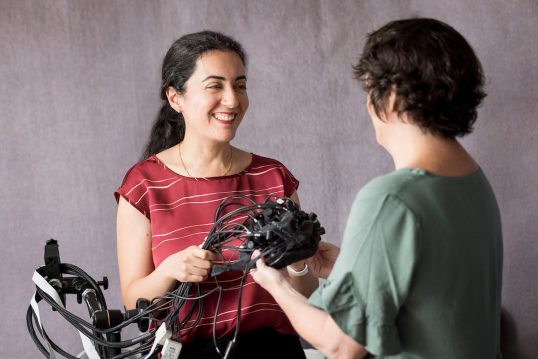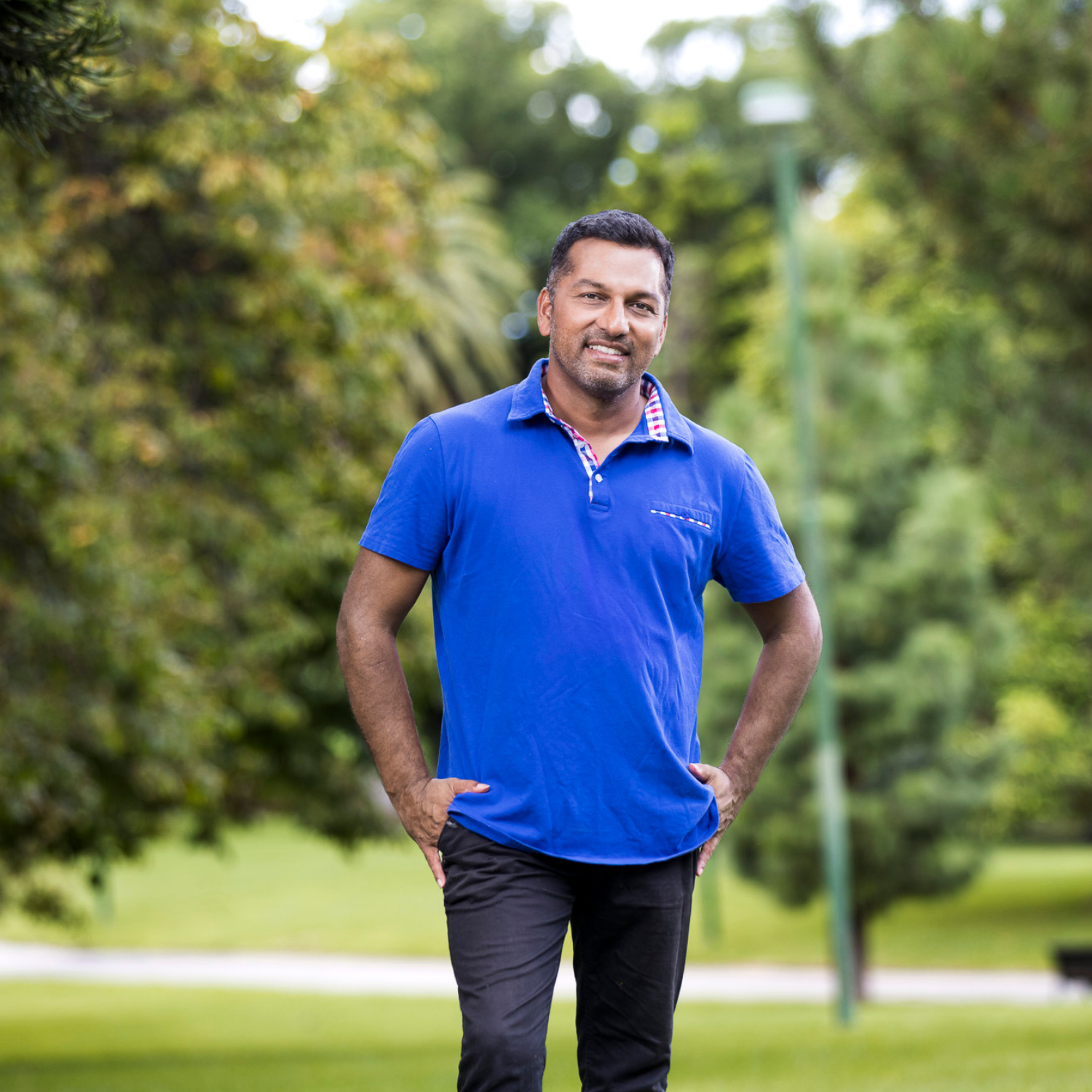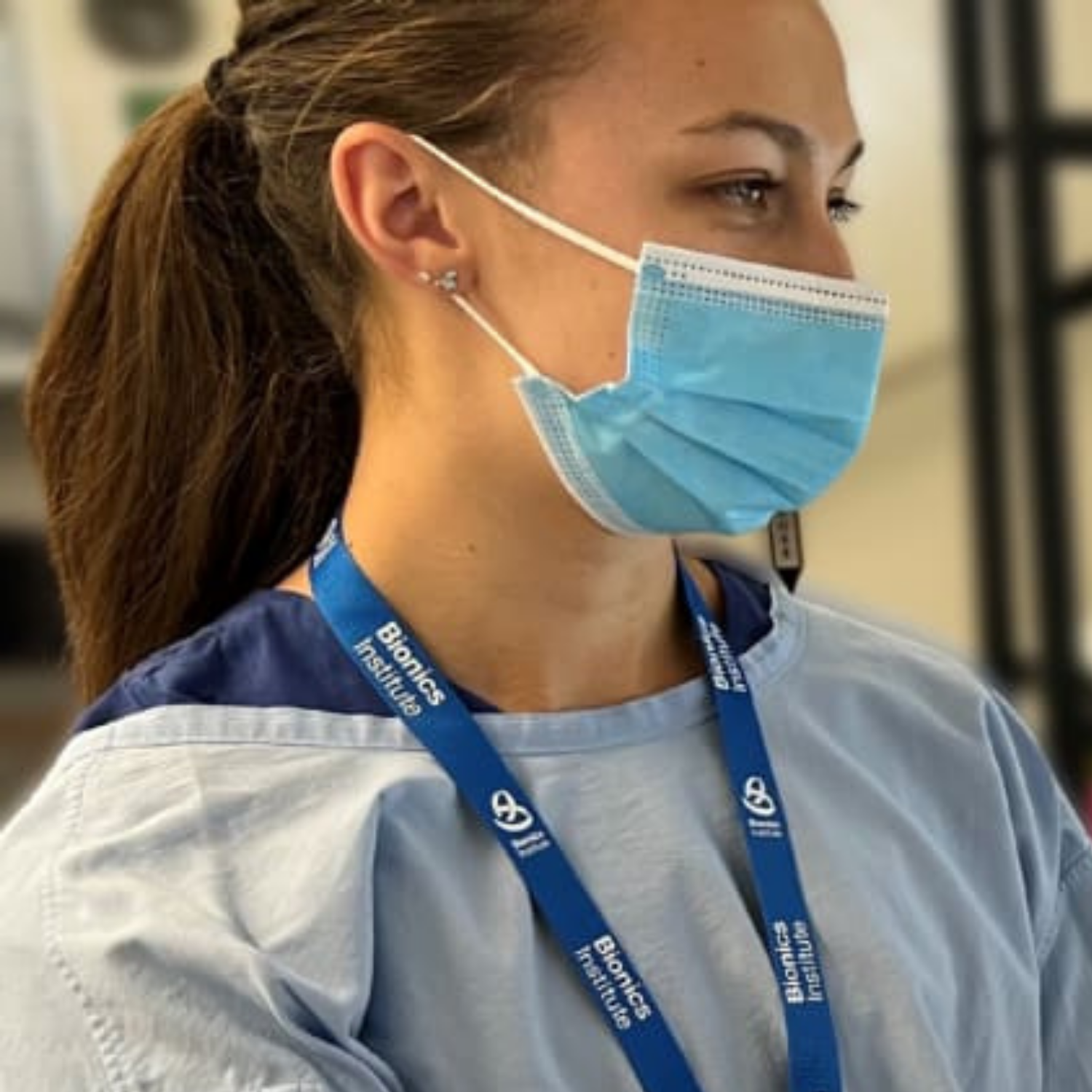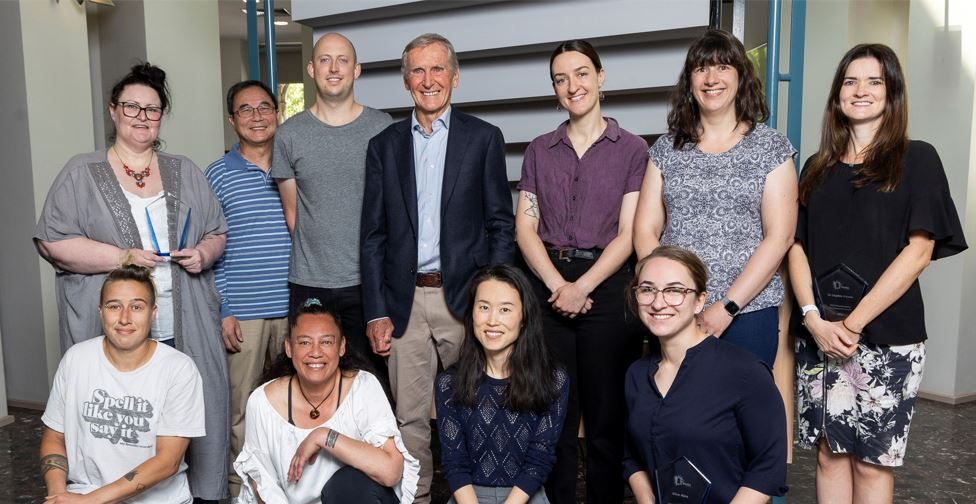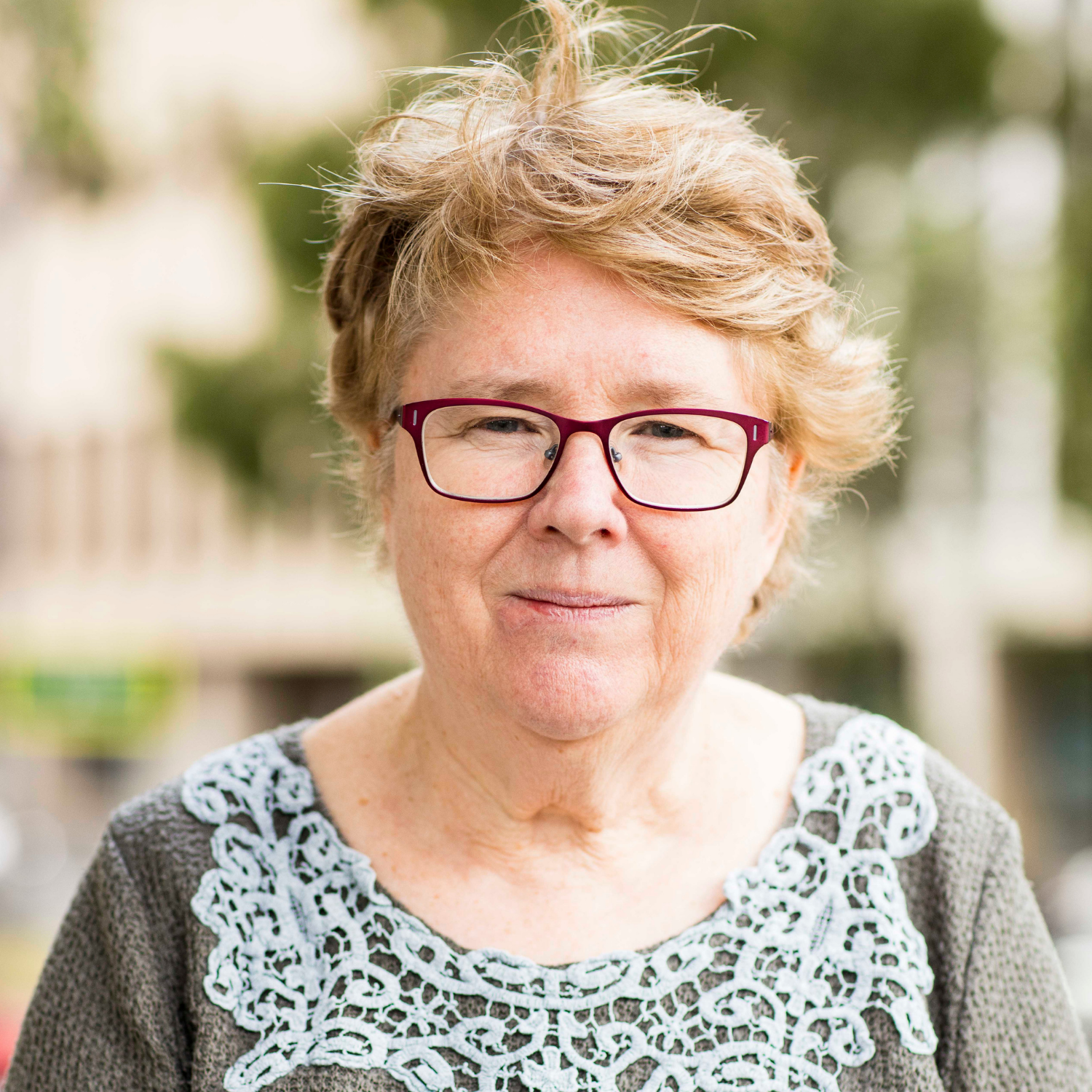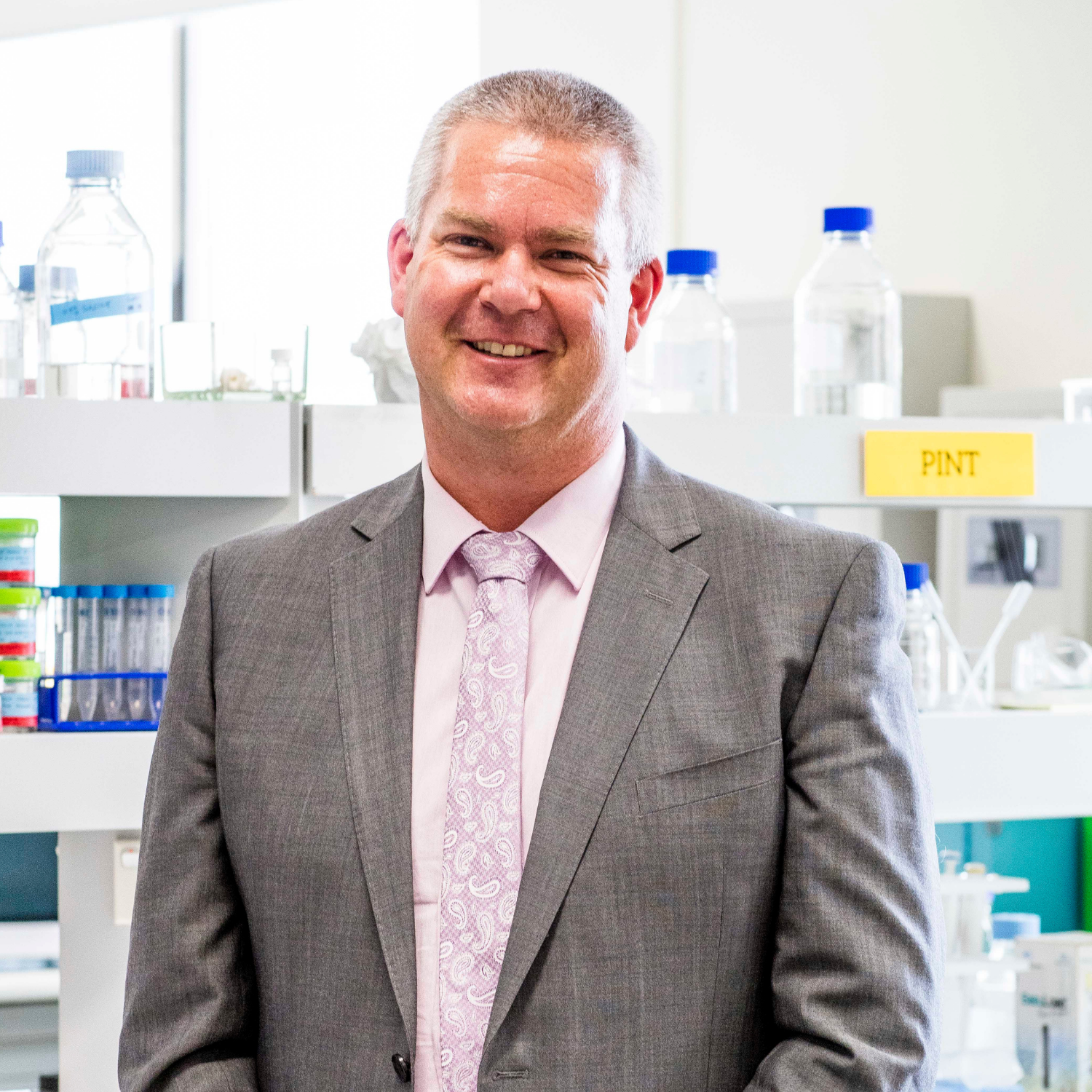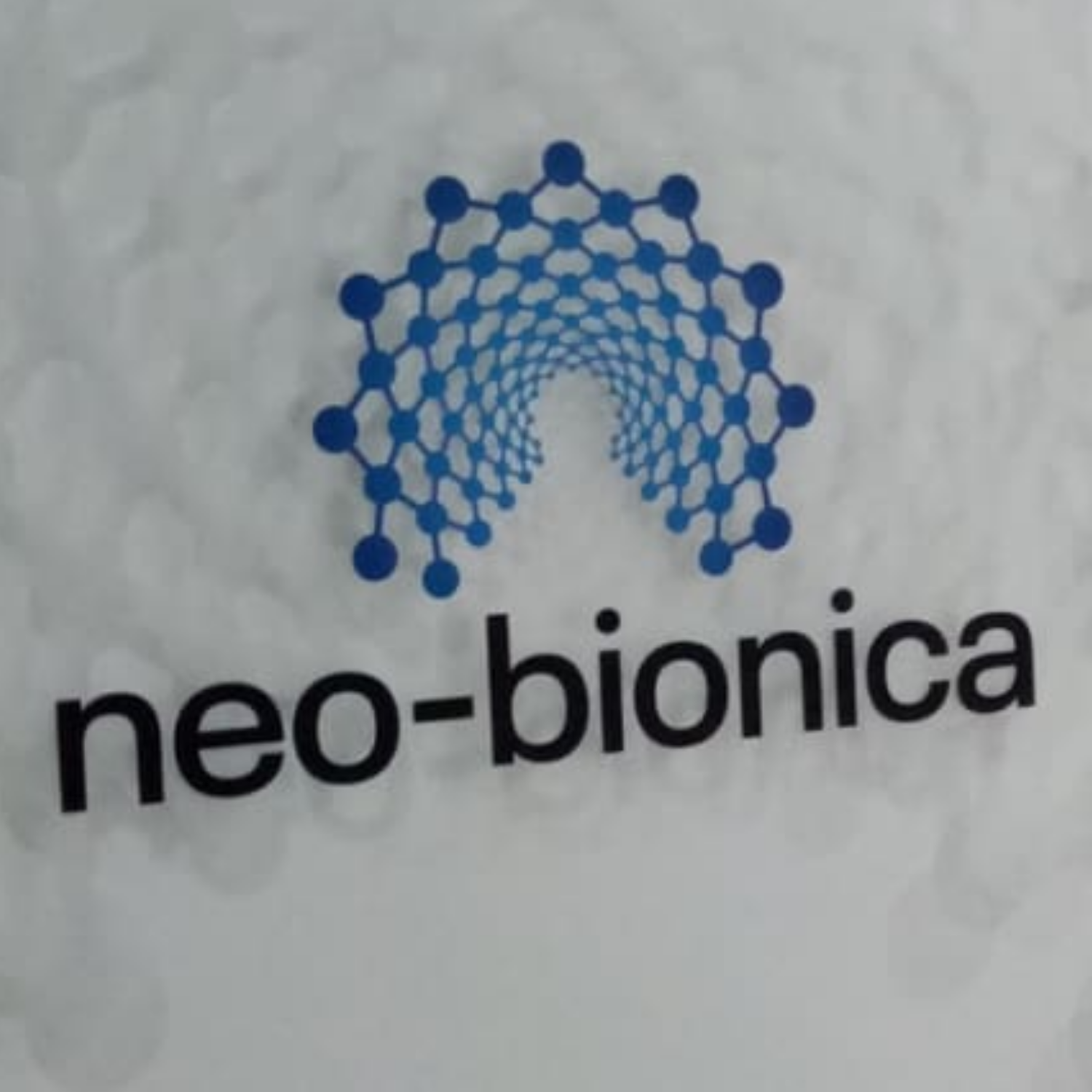Epilepsy is a debilitating neurological condition that affects around 150,000 Australians. It causes inflammation in the brain which can lead to frightening seizures. Current treatment options for epilepsy include medication and surgery, but these simply don’t work for about one third of patients.
Scarlett has had to cope with the distressing impacts of epilepsy her entire adult life.
“It’s a chronic, unpredictable illness,” she says. “And it’s something I live with every day.”
Scarlett’s early experiences of epilepsy were deeply traumatic.
“I had my first seizure while I was at the supermarket with Mum,” she says. “Neither of us knew what was happening, or what to do. I got this sick, déjà vu sensation, and I lost feeling in my left side. I couldn’t control what I was saying. It was really scary.
“It took six months for me to get a correct diagnosis. In that time, I had hundreds of seizures, and I was tested for everything from breast cancer to diabetes.”
The relief Scarlett felt when she finally got a correct diagnosis soon turned to heartbreak and worry as she realised what living with epilepsy would mean for her.
“It was very difficult for the first few years,” she says. “I couldn’t drive because I had to hand back my licence. I was living in rural Tasmania at the time, meaning I lost my independence.
“I’d been planning to go to the U.S. to become and au pair, but I had to let that dream go. Instead, I was trapped at home. I sank into a deep depression.” Scarlett, epilepsy sufferer
Finding an effective epilepsy treatment has been a long and frustrating battle for Scarlett.
“It’s been a roundabout of different medications and dosages for me,” she says. “I started on a drug that stopped the seizures at first, but after a while they started creeping back.
“Then I started having different types of seizures, so I needed different medication. When you start on a new drug, it can take six months to find the right dosage for your body.”
With medication failing to deliver lasting relief from her epilepsy symptoms, Scarlett opted to have brain surgery in 2008. “It was an extremely scary process,” she remembers. “And ultimately it wasn’t successful.”
Despite everything Scarlett has been through, living with epilepsy remains a daily struggle.
“I get extremely tired. That means I can only work for about four hours a day. And I’m often too tired to go out at night with my friends and things like that.
“The hardest part, though, is knowing I could have a seizure at any time. It’s a shadow that’s always hanging over me.”
Without research, we wouldn’t have the care and treatment we have today. I’m hopeful the technology being developed now will make life so much easier in the future. Scarlett, epilepsy sufferer
Dr Tomoko Hyakumura’s current research is exploring whether an existing medical device could be used to reduce and even eliminate the symptoms of epilepsy in cases like Scarlett’s.
The device works by stimulating a patient’s vagus nerve to activate the body’s natural anti-inflammatory response. A version of the device which is implanted in a patient’s neck is already being used to treat some cases of epilepsy. But as Dr Hyakumura explains, that comes with significant drawbacks.
Dr Hyakumura is investigating whether a vagus nerve device implanted in a patient’s abdominal region might provide relief from epilepsy symptoms without the side effects.
This research is pointing the way to innovative epilepsy treatments that could protect people like Scarlett from the trauma of seizures.
That’s why we set up the Bionics Incubator Fund (BIF) which kick-started Dr Hyakumura project which is showing promising results already. BIF projecta give researchers like Dr Hyakumura the initial support they need to get promising research ideas up and running.
